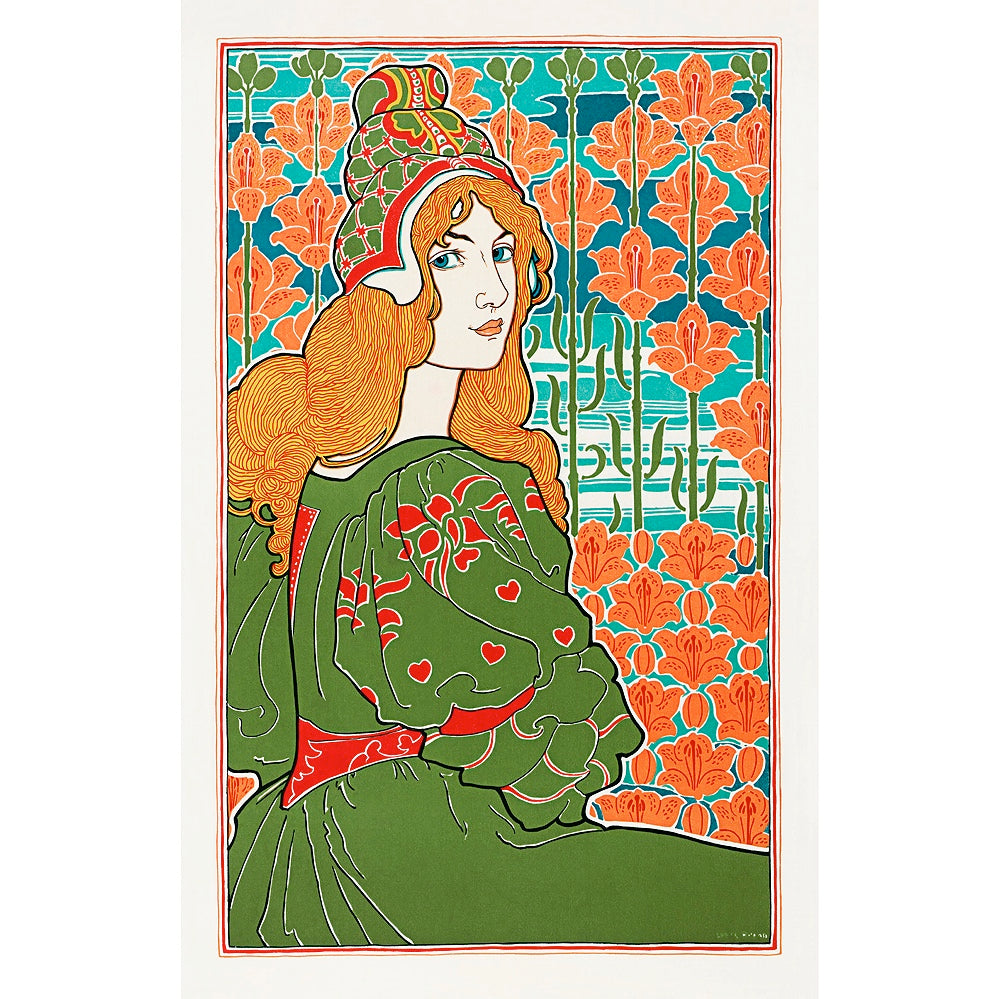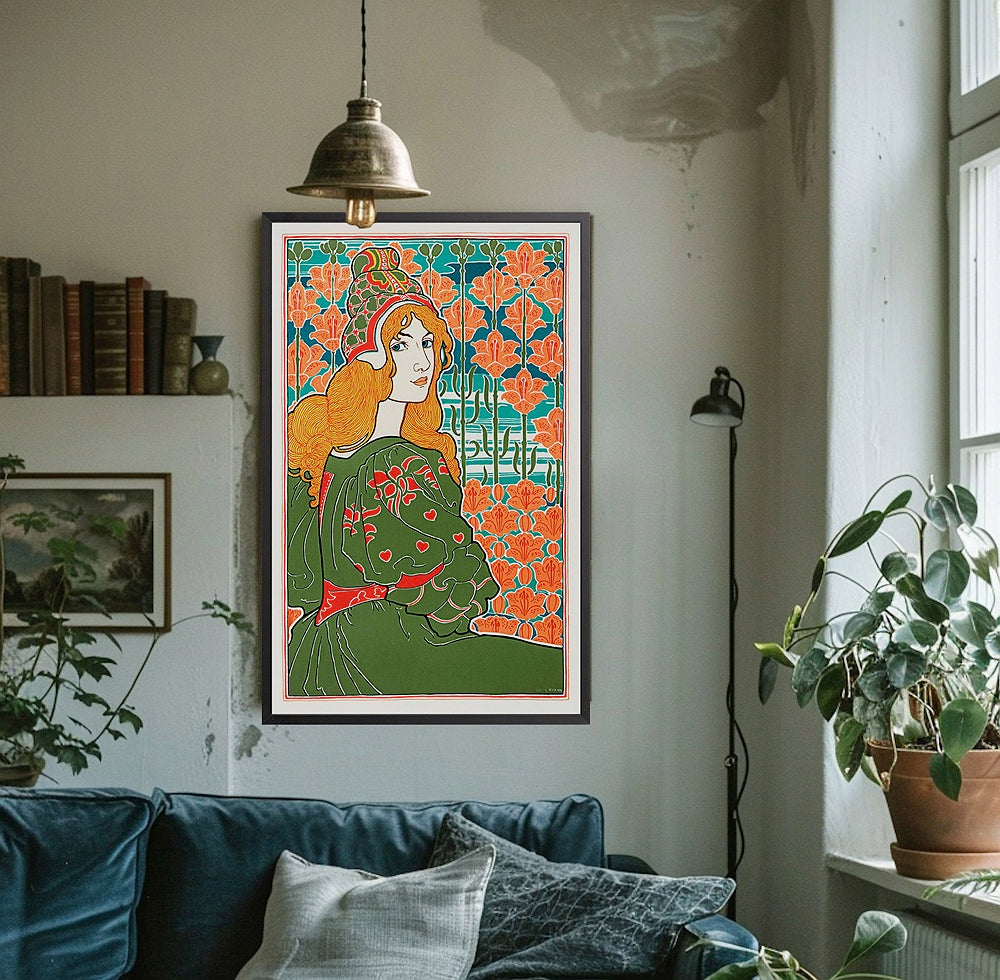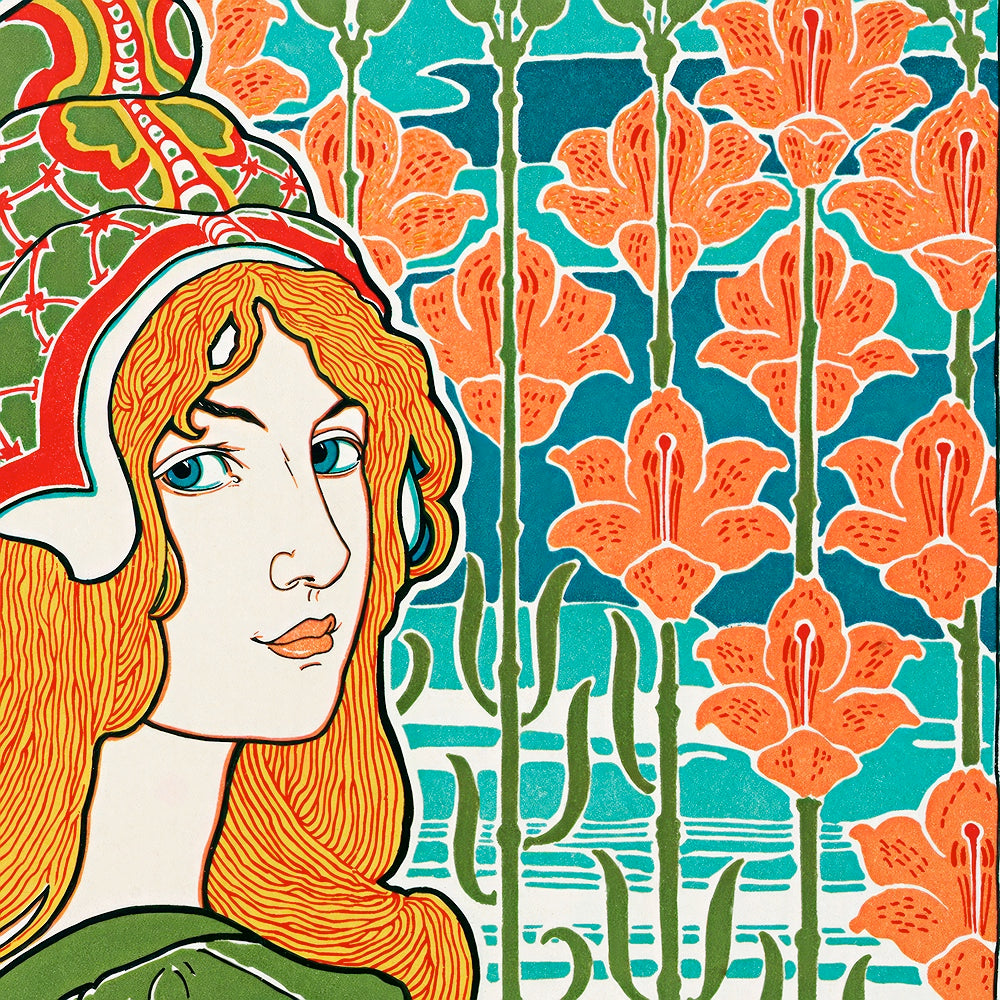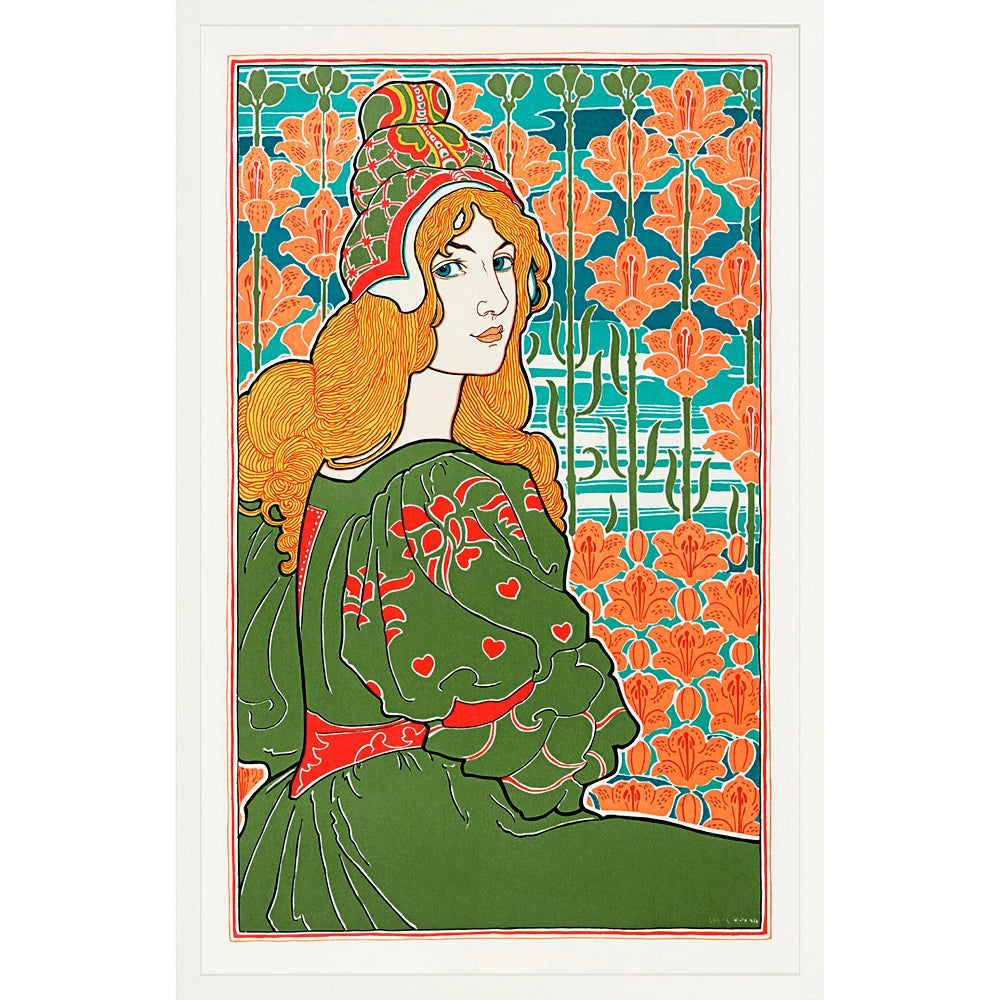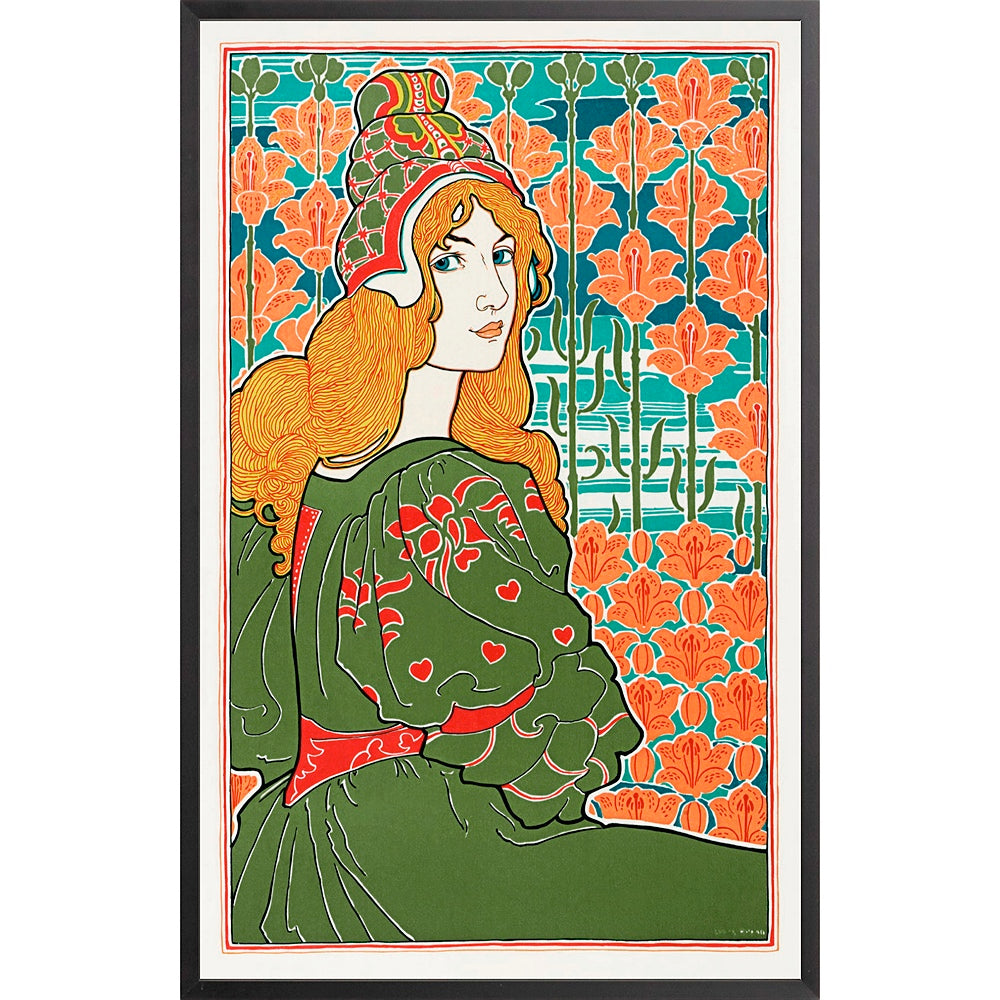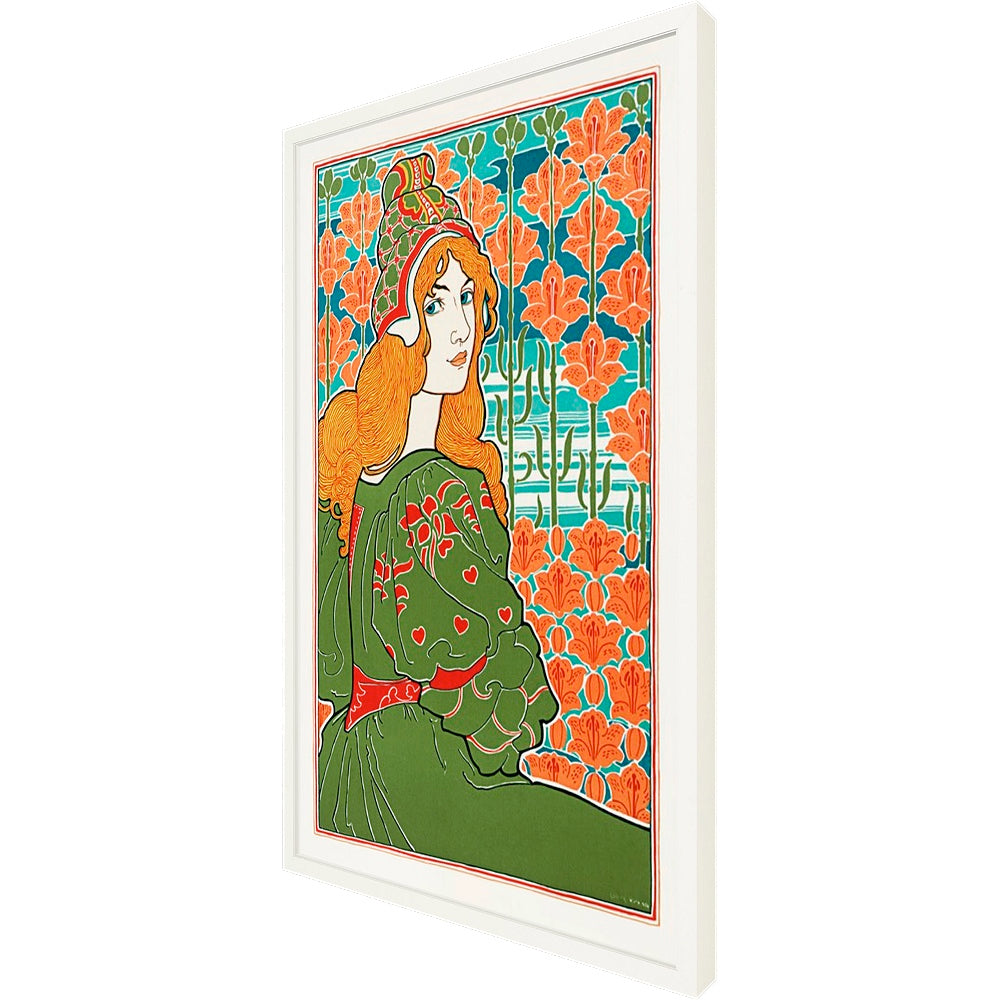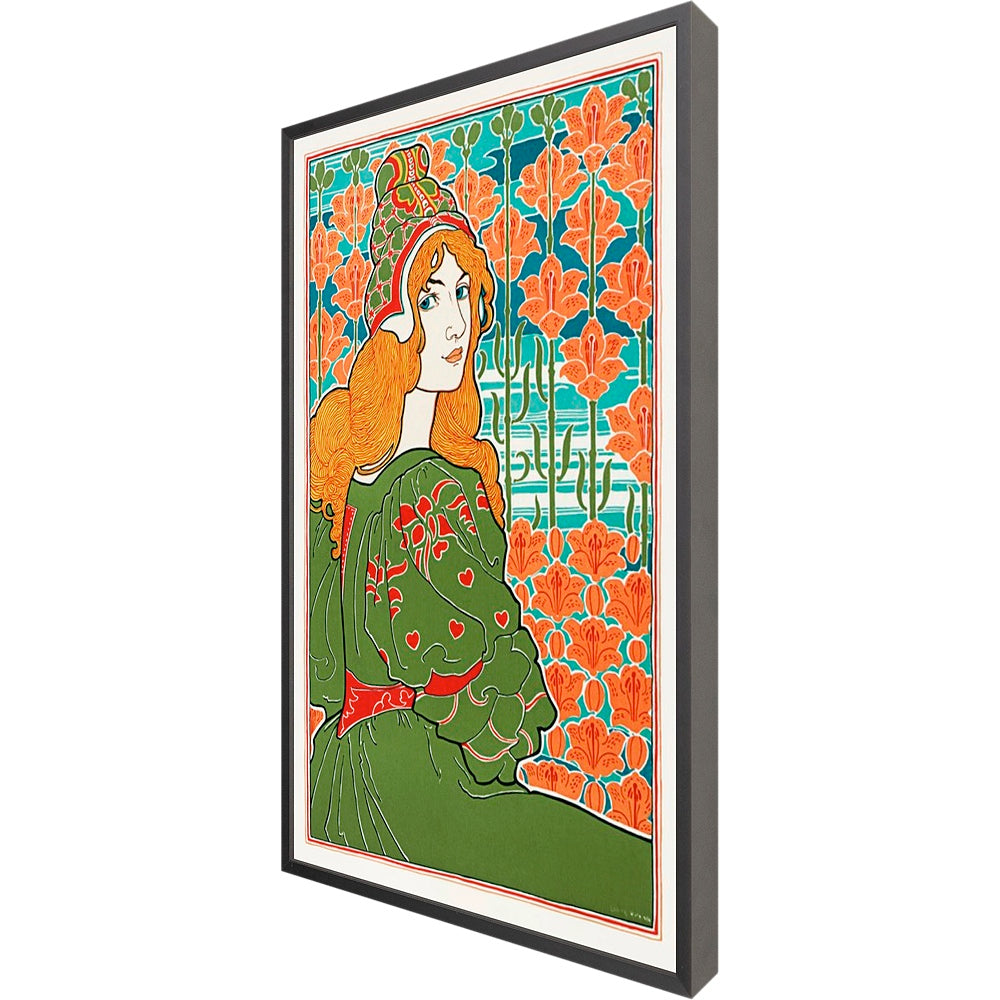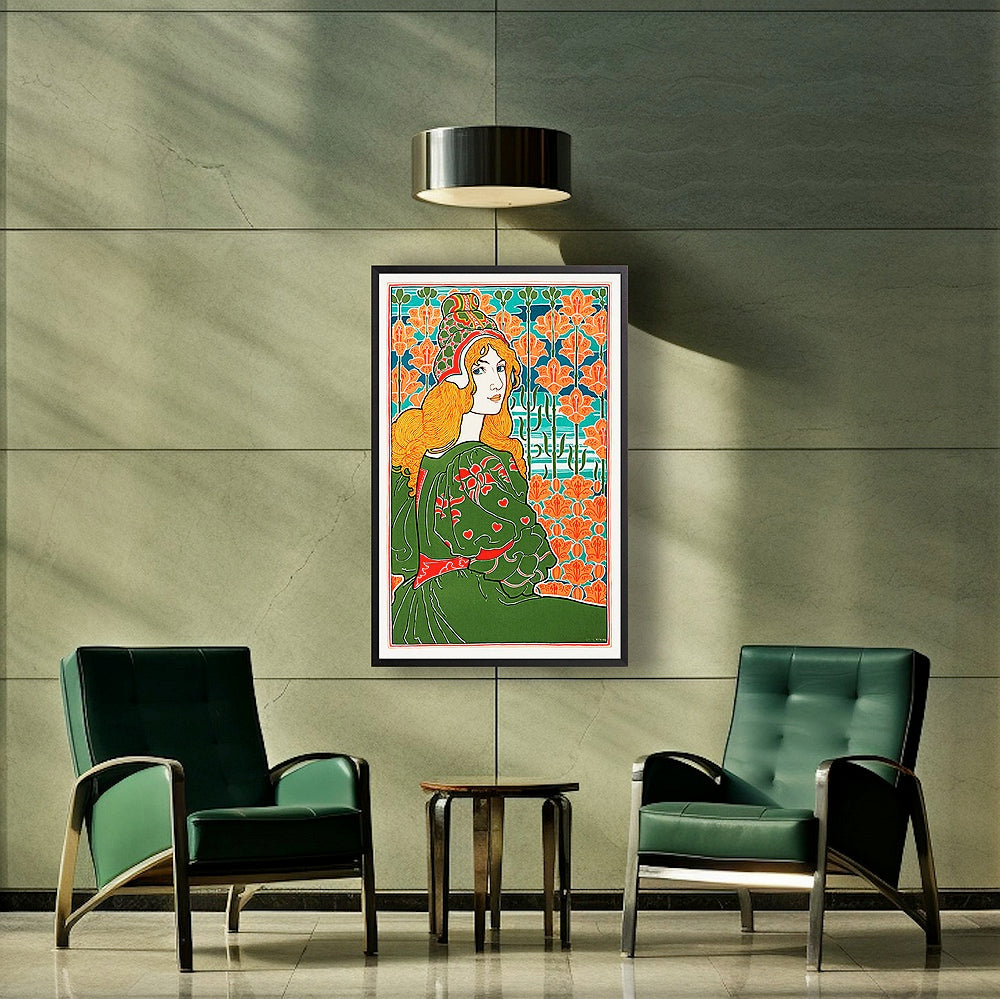LUXE EDITION
Jane
Jane
Couldn't load pickup availability
Shipping & Return Policy
Shipping & Return Policy
Print delivery: 5–11 days
Framed prints and decor: 2-3 weeks
Returns within 2 weeks
See policies in the footer
Luxe vs. Classic Prints
Luxe vs. Classic Prints
Luxe Prints – Premium prints on a variety of high-end fine art paper options and frames for a sophisticated presentation. Some fit standard frames, while others maintain non-standard historical proportions.
Classic Prints – Affordable, high-quality prints with a smoother finish for sharp detail designed to fit off-the-shelf frames. Classic prints have the word 'classic' above the title and a letter which shows the sizes that the print comes in. Size A– 4x6", 12x18", 16x24", 20x30" B– 6x8", 9x12", 12x16", 18x24", 24x30" C– 8x10", 16x20"
Understanding Our Print Sizes
Understanding Our Print Sizes
Historical prints vary in proportion based on their original format. Whenever possible, we match them to the closest standard size, using common print ratios like 2:3 (e.g., 8x12) or 3:4 (e.g., 9x12). However, resizing some prints can distort the artwork's integrity, so we can only offer them in their original proportions. Additionally, we use different printers for our product lines, and not all sizes are available with every printer.
"Jane" by Louis Rhead depicts a single woman seated, wearing an olive green dress adorned with red floral motifs. Her gaze is directed towards the viewer, suggesting a sense of connection or engagement. Behind the woman, there is an intricate pattern of orange lilies, in an Arts and Crafts design. This pattern creates a visually captivating backdrop, almost resembling a screen. The original; a color lithograph was published in L'Estampe Moderne in 1898.
Why We Picked It
Rhead's use of color, pattern, and composition evokes a sense of elegance and nostalgia characteristic of the late 19th century. The artwork invites viewers to contemplate the woman's demeanor and the significance of the setting portrayed.
Notable context
The late 19th century saw immense change and innovation, marked by the rise of industrialization, urbanization, and the proliferation of mass media. The Arts and Crafts movement, emerged in the late 19th century as a reaction against the dehumanizing effects of industrialization, and sought to reconnect society with the values of craftsmanship, simplicity, and beauty.
There was a growing popularity of color lithography as a medium for mass-produced art during this period. With the publication of L'Estampe Moderne in 1898, artwork reached a wide audience, reflecting the democratization of art and the increasing accessibility of visual culture to the general public.
About the Artist
Louis Rhead was known for his versatility as an artist, excelling in various mediums including posters, book illustrations, and angling art. His work often displayed a blend of intricate detail and vibrant colors, drawing inspiration from sources like nature, literature, and everyday life. In the early 1890s, Rhead was a prominent poster artist and was heavily influenced by the work of Swiss artist Eugène Grasset.His art appeared regularly in Harper's Bazaar, Harper's Magazine, St. Nicolas, Century Magazine, Ladies Home Journal and Scribner's Magazine.
About the Publication
"L'Estampe Moderne" was a French art magazine published between 1897 and 1899. It was dedicated to the promotion of contemporary printmaking and featured original lithographs by prominent artists of the time. Each issue of "L'Estampe Moderne" contained four lithographs, often in color, along with accompanying text.
The magazine aimed to make art accessible to a wider audience by offering affordable prints by well-known artists. It featured works by artists such as Henri de Toulouse-Lautrec, Alphonse Mucha, Pierre Bonnard, and Édouard Vuillard, among others. It played a significant role in popularizing printmaking as an art form and contributing to the development of the Art Nouveau movement.
